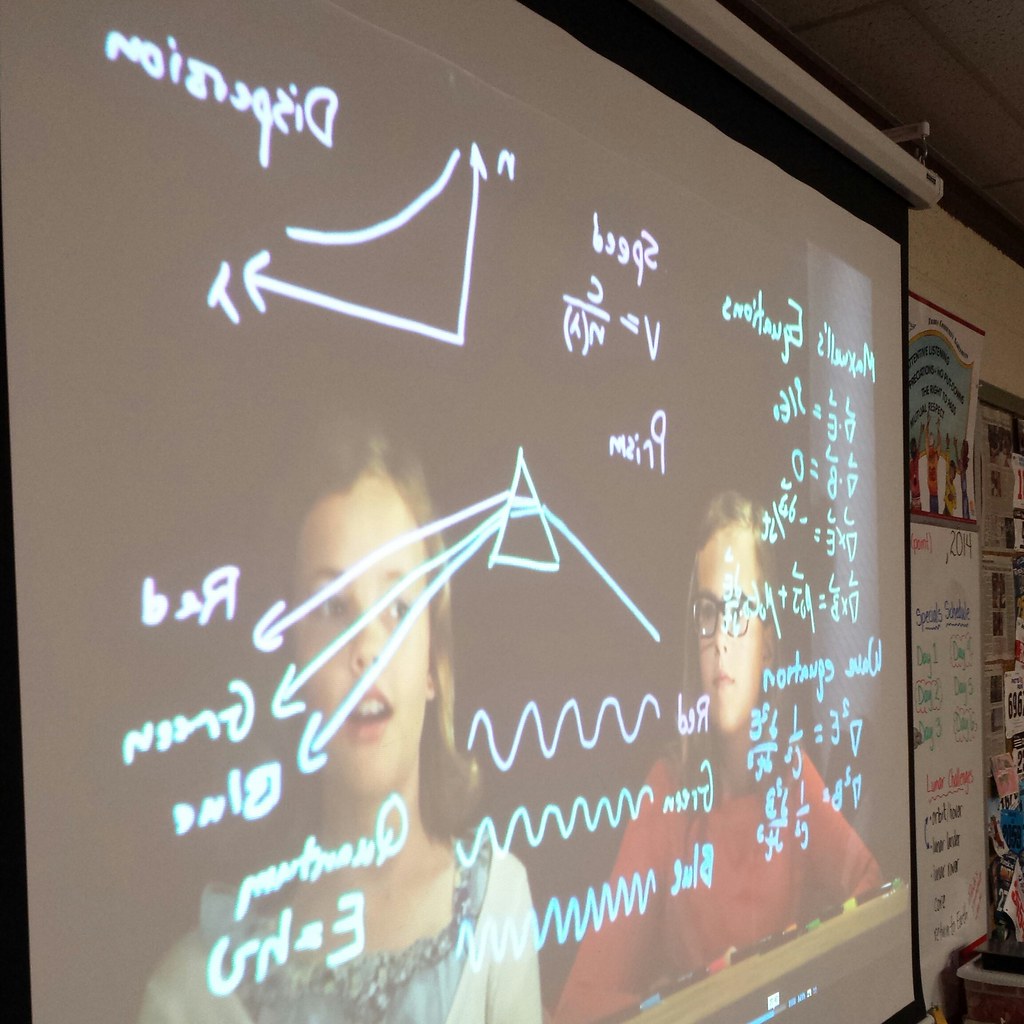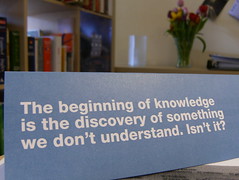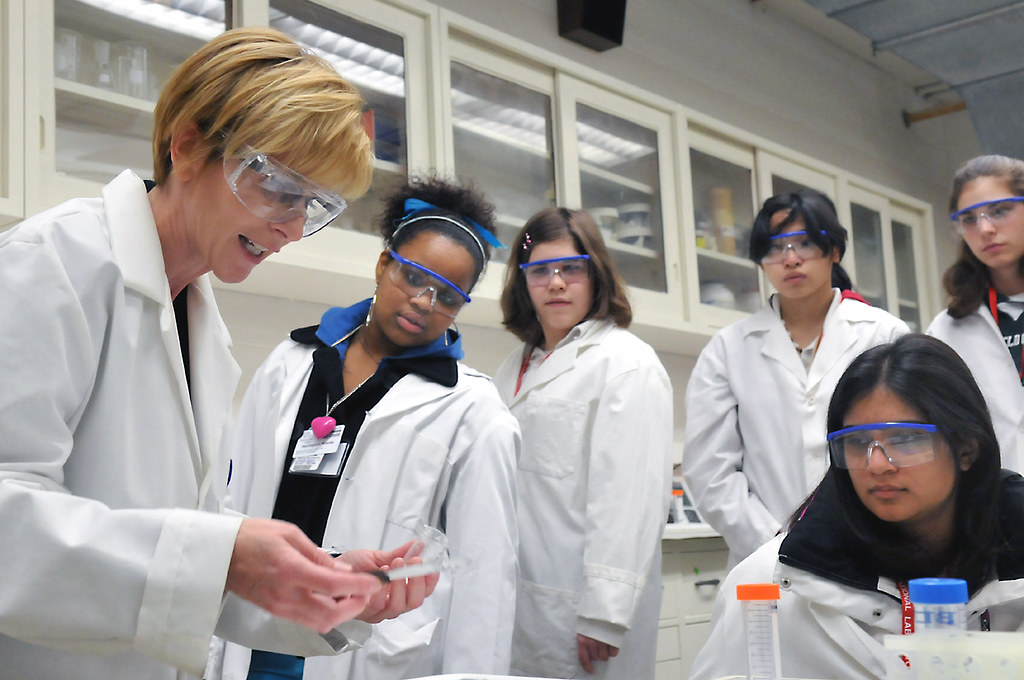What are you paying attention to? What do you scroll past on social media, or tune out when someone else is speaking?
A new study published in the journal Vaccine looks at the way different groups responded when confronted with vaccination arguments. In this work, authors Helge Giese, Hansjörg Neth, Mehdi Moussaïd, Cornelia Betsch, and Wolfgang Gaissmaier from the University of Konstanz, the Max Planck Institute for Human Development, and the University of Erfurt (all in Germany) refute a common assumption held by those who study the communication of sensitive or political topics. The widely-held understanding is that exposure to a message negating a person’s existing point of view, will create a rebound effect that will move their opinion even farther away from the message than where it started. This study contradicts the rebound effect hypothesis, suggesting instead that selective attention means that exposure to a contradictory message has little impact on the person hearing it.
Selective attention can mean ignoring the message entirely, or surrounding oneself with others who do not believe the message. Selective attention can also mean tuning out contradictory messages and only tuning into to messages that confirm existing points of view. We are what we pay attention to.
This message is not new per se, and has existed in some ancient schools of thought, such as buddhism, which suggest that mindfulness has power to shape reality. In this line of thinking, we are both what we pay attention to, and are disempowered when we fail to pay attention. Enlightenment is somewhere close to full attention.
In the case of misinformation spread and polarization, I think we all need to ask ourselves what we’re paying attention to, and what we dismiss because it doesn’t fit our conceptions of the world. We need to pay special attention to what we dismiss. In this case, a little dose of mindfulness directed at our own response to contradictory information will help reduce each one of our tendencies towards polarization and group-think.
What are you attending to? What do you dismiss?







